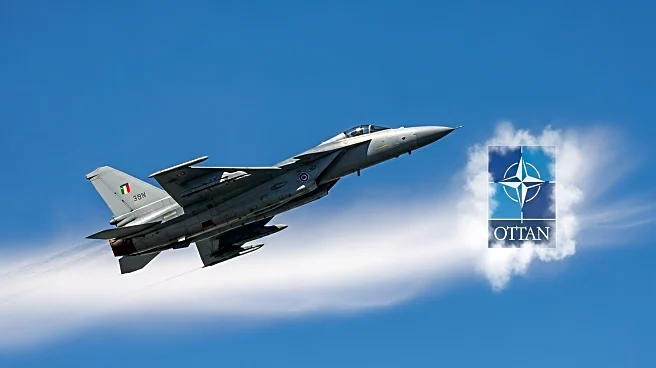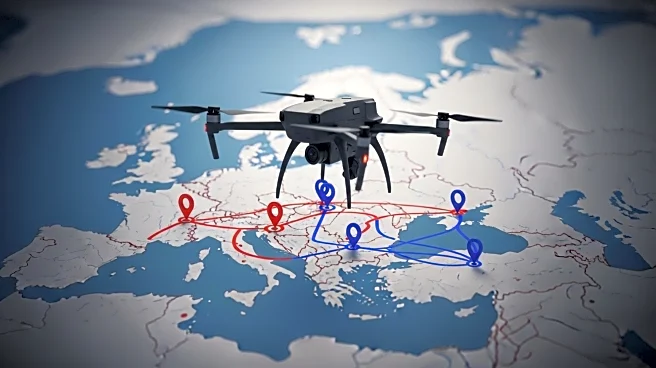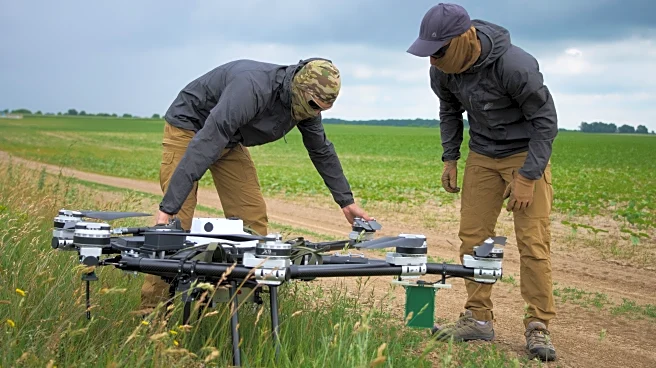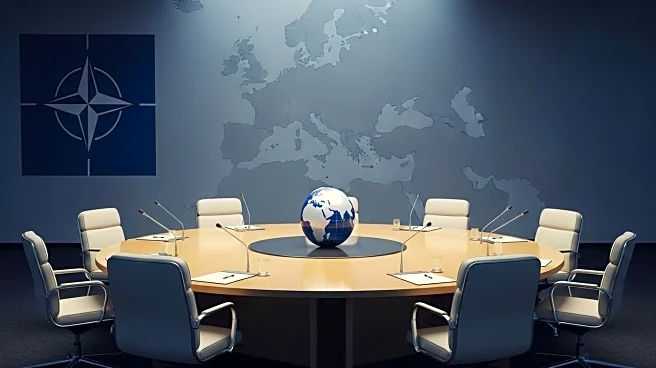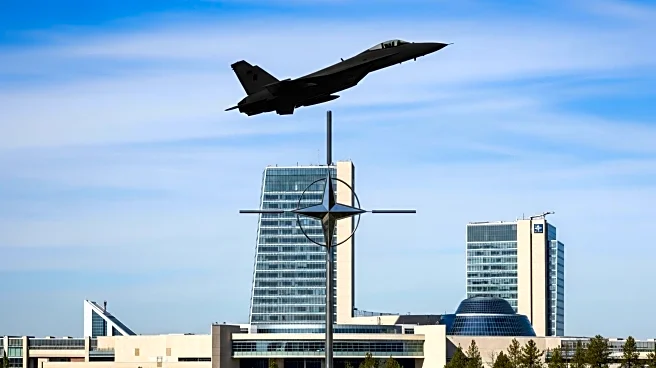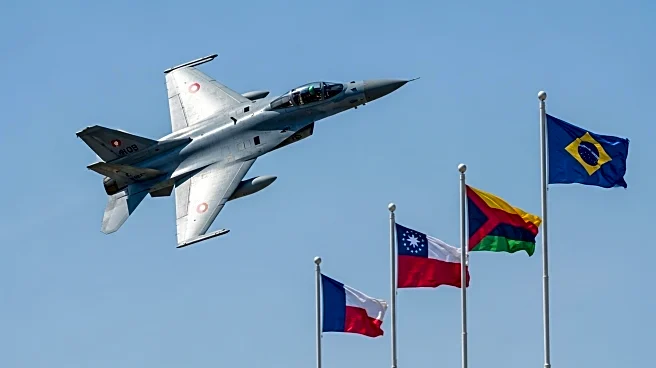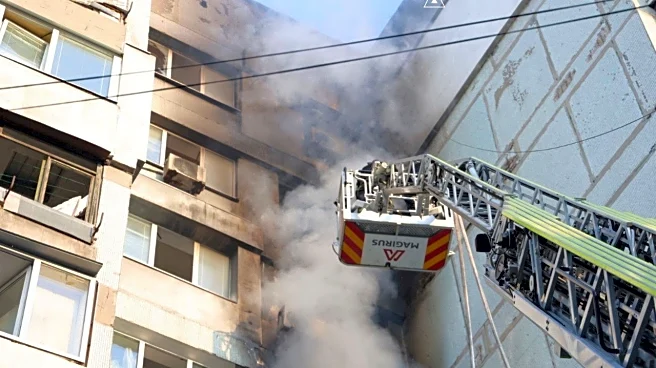What's Happening?
German and Swedish fighter jets were deployed to intercept a Russian IL-20M reconnaissance plane that entered neutral airspace over the Baltic Sea. The incident is part of a series of incursions by Russian military aircraft into NATO airspace, escalating tensions between NATO and Russia. Estonia reported a similar violation by Russian MiG-31 fighter jets, prompting the invocation of NATO's Article 4 for consultations. President Trump expressed concern over the situation, highlighting potential trouble. Poland also triggered Article 4 after Russian drones entered its airspace, marking a significant escalation in regional tensions.
Why It's Important?
These incidents underscore the growing geopolitical tensions between NATO and Russia, with potential implications for European security and international relations. The repeated airspace violations by Russian aircraft could lead to heightened military readiness and diplomatic confrontations. NATO's response to these provocations is crucial in maintaining regional stability and deterring further aggression. The situation also impacts U.S. foreign policy, as President Trump has indicated a willingness to defend EU countries against Russian aggression, potentially influencing NATO's strategic decisions.
What's Next?
Estonia plans to convene an emergency UN Security Council meeting to address the airspace violations. NATO members may increase military patrols and readiness in response to these provocations. Diplomatic efforts to de-escalate tensions are likely, with potential discussions involving key stakeholders, including the U.S. and Russia. The international community will closely monitor Russia's actions and NATO's responses, which could shape future security policies and alliances.
Beyond the Headlines
The strategic aim of Russia's provocations may be to divert Western attention from supporting Ukraine, as suggested by Estonian officials. This tactic could influence NATO's focus and resource allocation, impacting the ongoing conflict in Ukraine. The incidents also raise questions about the effectiveness of international airspace regulations and the need for enhanced surveillance and defense mechanisms.

